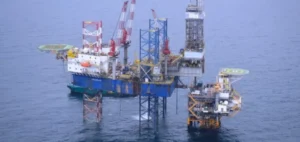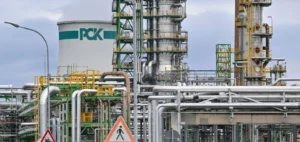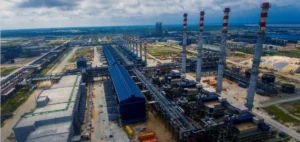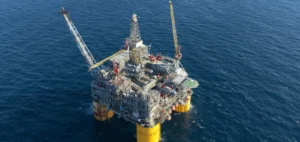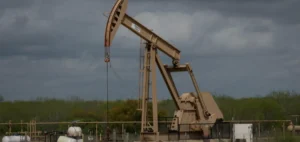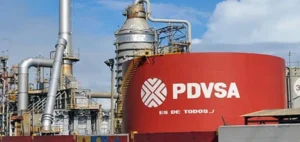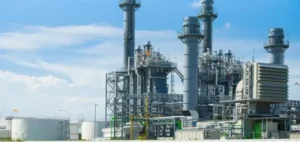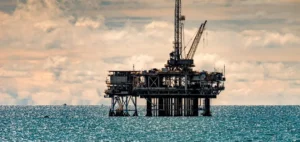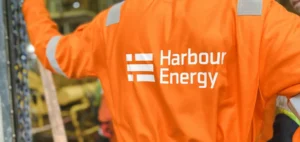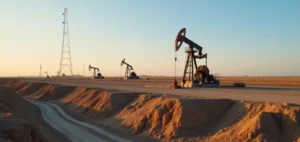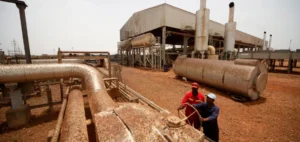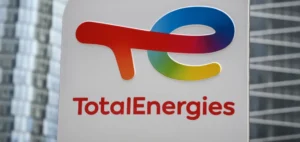Trade relations between the United States and China are experiencing heightened tensions, marked by the reciprocal application of particularly high tariffs. Since 2018, these tariffs have risen to an average of 124.1% on the U.S. side and 147.6% on the Chinese side, now covering the entirety of bilateral trade. These measures have significantly disrupted flows of petrochemical raw materials such as ethane and propane, essential to China’s industry. The impact on China’s petrochemical supplies could prove decisive in the coming years.
Rise in sanctioned imports and new balances
Facing these challenges, China is diversifying its crude oil import sources, notably increasing the share coming from sanctioned countries such as Iran, Venezuela, and Russia. Between 2019 and 2024, these sanctioned imports increased from 15% to 27% of China’s total imports. Iran alone saw its exports to China jump from 340,000 barrels per day in 2019 to 1.2 million in 2024. Russia has also expanded its presence in the Chinese market, increasing deliveries to 1.3 million barrels daily over the same period. Meanwhile, imports from West Africa declined significantly, falling from 17% to just 9%.
Structural transformation of China’s petrochemical sector
This reconfiguration of supply sources is combined with a deeper structural transformation of China’s petrochemical sector. Demand for ethane, propane, and naphtha has been rising sharply, driven by expanding ethylene and propylene production capacities. Between 2019 and 2024, combined demand for naphtha, liquefied petroleum gas (LPG), and ethane grew by 2.1 million barrels per day. China’s ethylene production capacity is expected to further increase by 25 million tonnes per year between 2024 and 2028, representing nearly half of the new global capacities.
Propylene has seen similar dynamics, with the rapid growth of Propane Dehydrogenation (PDH) plants. These plants now account for 32% of China’s propylene production capacity, totaling about 22 million tonnes annually. However, increasing dependence on U.S. LPG could weigh on this expansion due to higher tariffs, potentially pushing Chinese producers to turn more toward naphtha.
Strategic implications for Gulf countries
The Middle East, particularly countries of the Gulf Cooperation Council (GCC), plays a strategic role in this evolving petrochemical landscape. These countries maintain around 35% of China’s crude oil imports despite increased volatility since 2022. Responding to growing Chinese demand for petrochemical products, Gulf countries, notably Saudi Arabia, Kuwait, and the United Arab Emirates, are boosting their naphtha and LPG production. The region’s refining capacity has thus increased from 4.9 to 7.2 million barrels per day between 2014 and 2024.
Furthermore, cross-investments are expanding, with several large Sino-Saudi petrochemical megaprojects planned through 2030. Saudi Aramco is increasingly acquiring stakes in major integrated complexes in China, including Yulong, Zhenhai, and Sabic-Fujian projects. These investments allow the kingdom to secure its market presence in China while diversifying its petroleum outputs toward higher-value chemical products.
These developments are profoundly reshaping global commercial and strategic dynamics in the petrochemical sector. China must navigate between rising supply costs and securing supply chains, while the United States and Gulf countries could indirectly benefit or suffer the consequences of this significant structural shift.




